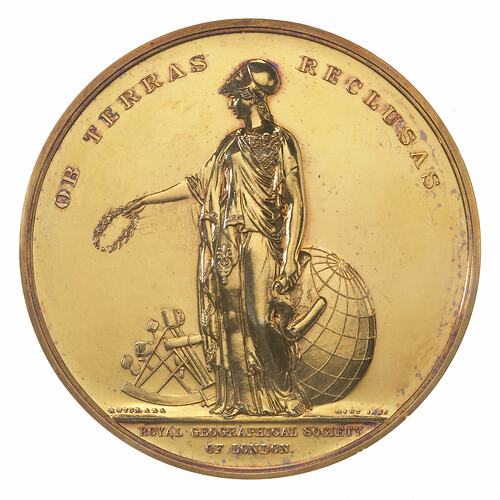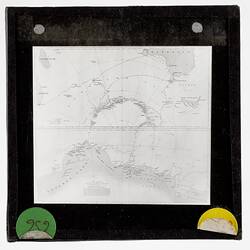The Royal Geographical Society traces its origins to the Raleigh Dining Club, founded in February 1827. Club members were divided into sections representing different parts of the world. Members began to think that a more organised institution was needed for the advancement of geography. The Royal Geographic Society therefore came into being in 1830, under the patronage of King William IV. During the following year it absorbed an even earlier society, the African Association, founded by Sir Joseph Banks in 1788 for the promotion of travel and discovery in Africa. Queen Victoria granted the Society a Royal Charter, which explained its objectives as 'The Advancement of Geographical Science' and 'The Improvement and Diffusion of Geographical Knowledge'. The Society has been among the most active of the learned societies ever since.
From 1830 to 1840 the Society met in the rooms of the Horticultural Society in Regent Street, and from 1854 to 1870 at 15 Whitehall Place. In 1870 the Society finally purchased its own site in Savile Row. It also had a lecture theatre in Burlington Gardens, which was lent to the Society by the Civil Service Commission.
When the former Viceroy of India, Earl Curzon of Kedleston, was elected President of the Society in 1911, there was a new impetus to the Society's affairs. The premises in Savile Row and Vigo Street were sold and the present site, Lowther Lodge, Kensington Gore was purchased. These premises, shared with the Institute of British Geographers, were designed by Norman Shaw, an outstanding domestic architect, in 1874. Extensions to the East of Lowther Lodge were added in 1929 and were formally opened by HRH the Duke of York (later king George VI) at the Centenary Celebrations on 21 October 1930. These included a New Map Room and a 770-seat Lecture Theatre.
The history of the Society includes such famous names as Livingstone, Stanley, Scott, Younghusband, Shackleton, Hunt and Hillary and in fact represents the history of British geography, exploration and discovery in the nineteenth and twentieth centuries.
References:
Royal Geographical Society website http://www.rgs.org/category.php?Page=mainsociety.
More Information
-
Keywords
-
Localities
-
Authors
-
Article types


